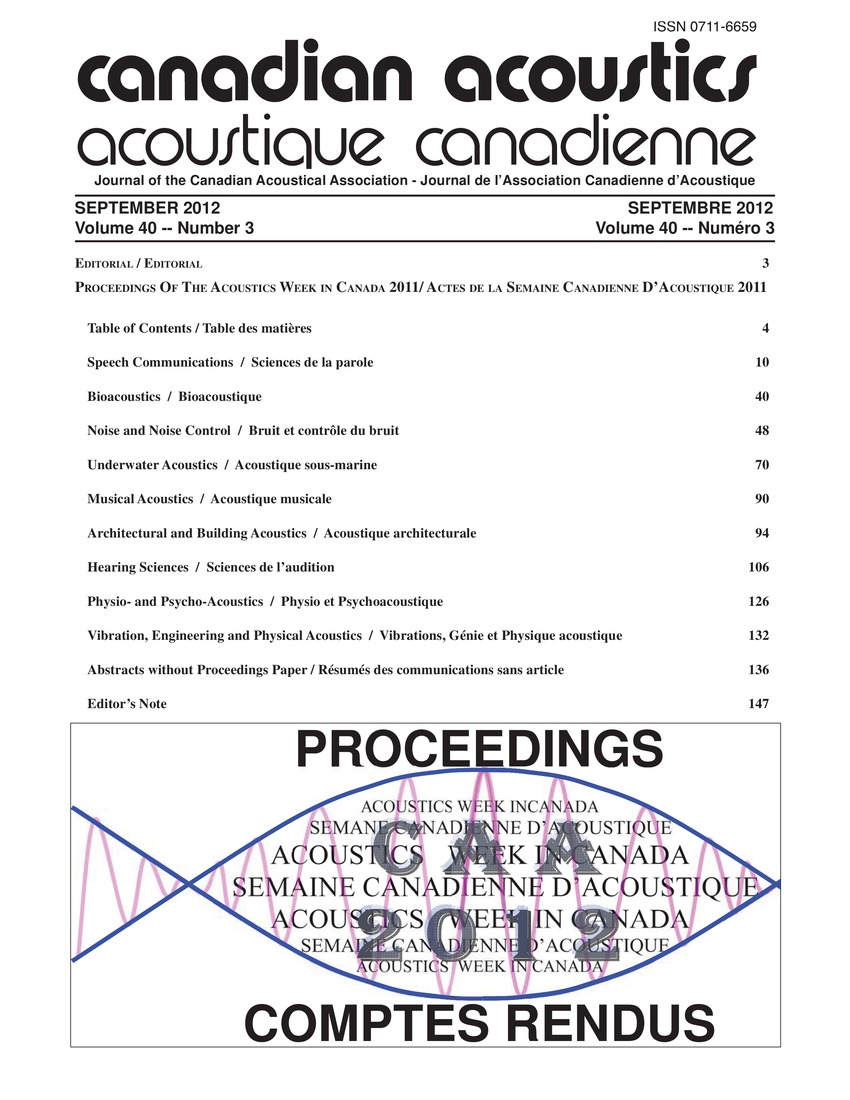From quantal biomechanics to whole events: Toward a multidimensional model for emergent language
Keywords:
Biomechanical properties, Iterative learning, Multi-dimensional model, Speech articulation, Vocal-tractsAbstract
The article describes an approach to speech articulation based on a view of vocal tract constrictors as physiological sphincter mechanisms. In this model, a particular constrictor (sphincter) can produce only one kind of constriction, and it does so using the inherent quantal biomechanical properties of sphincters. Within this space, those nonlinearities that facilitate the production of ecologically successful events function as attractors to behavior. These facilitative nonlinearities become the common currency of human ecological space, and coupled with an iterative learning simulator, are the basis for an emergent model of phonology or other patterned behavior. The common currency of this space is communicative advantage, and it is only by offering demonstrative communicative advantage that a behavior may be adopted as exerting an effect.Additional Files
Published
How to Cite
Issue
Section
License
Author Licensing Addendum
This Licensing Addendum ("Addendum") is entered into between the undersigned Author(s) and Canadian Acoustics journal published by the Canadian Acoustical Association (hereinafter referred to as the "Publisher"). The Author(s) and the Publisher agree as follows:
-
Retained Rights: The Author(s) retain(s) the following rights:
- The right to reproduce, distribute, and publicly display the Work on the Author's personal website or the website of the Author's institution.
- The right to use the Work in the Author's teaching activities and presentations.
- The right to include the Work in a compilation for the Author's personal use, not for sale.
-
Grant of License: The Author(s) grant(s) to the Publisher a worldwide exclusive license to publish, reproduce, distribute, and display the Work in Canadian Acoustics and any other formats and media deemed appropriate by the Publisher.
-
Attribution: The Publisher agrees to include proper attribution to the Author(s) in all publications and reproductions of the Work.
-
No Conflict: This Addendum is intended to be in harmony with, and not in conflict with, the terms and conditions of the original agreement entered into between the Author(s) and the Publisher.
-
Copyright Clause: Copyright on articles is held by the Author(s). The corresponding Author has the right to grant on behalf of all Authors and does grant on behalf of all Authors, a worldwide exclusive license to the Publisher and its licensees in perpetuity, in all forms, formats, and media (whether known now or created in the future), including but not limited to the rights to publish, reproduce, distribute, display, store, translate, create adaptations, reprints, include within collections, and create summaries, extracts, and/or abstracts of the Contribution.


